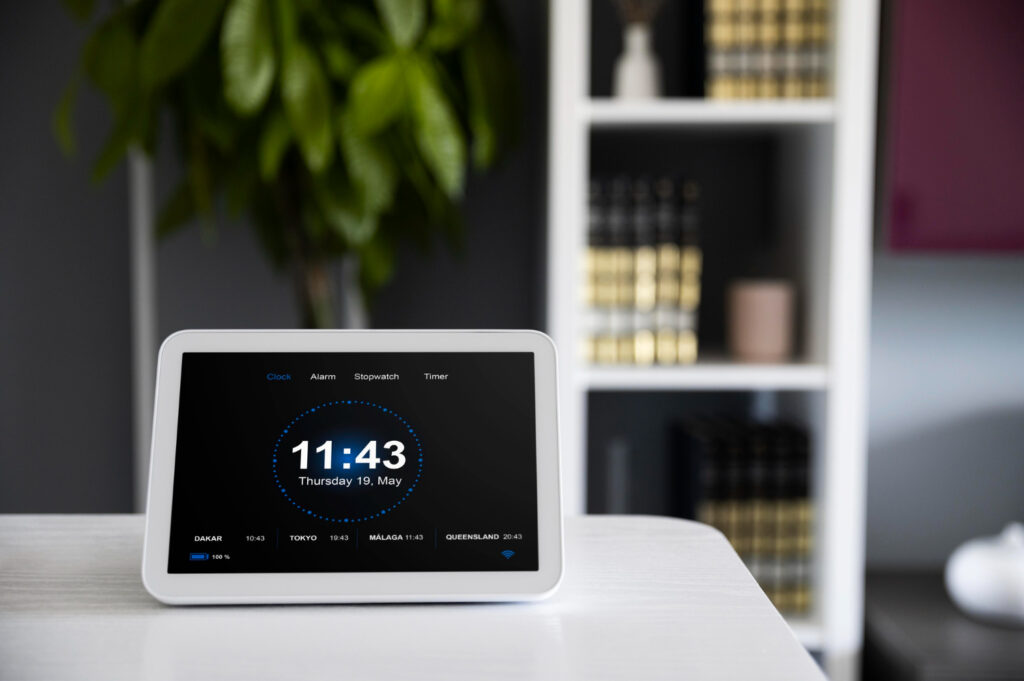Matter Devices & Thread Mesh: The Ultimate Smart Home
Smart homes are evolving quickly, but one challenge has always slowed adoption: compatibility. Different brands, protocols, and ecosystems often don’t work well together. This is where Matter devices and Thread-based home mesh networks come in. They promise to deliver a seamless, cross-brand smart home experience that finally works as users expect.
In this article, we’ll explore what Matter is, why Thread technology matters, how they work together, and what it means for the future of smart living.
Table of Contents
What Are Matter Devices?
Matter devices are smart gadgets built on the Matter standard, a new universal protocol created by the Connectivity Standards Alliance (CSA). Launched in 2022, Matter is backed by major companies like Apple, Google, Amazon, and Samsung.
The goal is simple: ensure smart devices from different brands work together reliably, securely, and without setup headaches.
Key Features of Matter Devices
- Cross-brand compatibility – Matter devices work across ecosystems like Apple HomeKit, Google Home, Amazon Alexa, and Samsung SmartThings.
- Easy setup – Devices can be added using QR codes or simple onboarding methods.
- Secure connections – End-to-end encryption ensures safe communication.
- Future-ready – As more brands adopt Matter, your smart home remains scalable and future-proof.
What Is Thread Technology?
While Wi-Fi and Bluetooth dominate home connectivity, they aren’t always ideal for smart devices. Enter Thread, a low-power, mesh networking protocol designed for IoT (Internet of Things).
Unlike traditional point-to-hub systems, Thread creates a mesh network where devices communicate directly with each other, improving reliability and range.
Benefits of Thread for Smart Homes
- Self-healing mesh – If one device goes offline, the network reroutes traffic automatically.
- Low energy use – Great for battery-powered devices like sensors and locks.
- Scalability – Easily supports dozens of devices without slowing down.
- No single point of failure – The network doesn’t rely on a central hub.
How Matter and Thread Work Together
Matter defines the language smart devices use, while Thread provides the network they run on. Combined, they create a robust smart home foundation.
- Matter ensures compatibility across brands.
- Thread ensures stable connectivity through mesh networking.
For example, a smart lock from Yale (Matter-certified) can communicate seamlessly with a motion sensor from Eve, both connected via Thread and controllable through Apple Home or Google Home.
This combination finally delivers on the long-promised vision of a true cross-brand smart home.
Why Matter Devices Are the Future
Smart home adoption has often been fragmented. Consumers hesitate to invest heavily in one ecosystem because they fear compatibility issues. Matter solves this problem.
Reasons for Rising Popularity
- Brand support – Backed by giants like Google, Apple, Amazon, and Samsung.
- Simplified user experience – One app or ecosystem can control all certified devices.
- Better investment security – No need to worry about obsolescence when switching brands.
- Energy efficiency – Thread devices consume less power, aligning with eco-friendly living.
With these advantages, Matter is set to become the universal language of smart homes.
Real-Life Examples of Matter Devices
Some products already on the market include:
- Smart lighting – Philips Hue, Nanoleaf, and Eve.
- Smart locks – Yale and Level Lock.
- Smart plugs and switches – TP-Link, Eve, and Meross.
- Thermostats – Ecobee and Google Nest (with Matter support updates).
These products illustrate how consumers can mix and match brands without losing compatibility.
Challenges and Considerations
Like any new technology, Matter and Thread face a few hurdles:
- Adoption speed – Not all brands have updated their devices yet.
- Firmware updates – Some older devices won’t get Matter compatibility.
- Learning curve – Consumers may still need guidance when transitioning.
Despite these challenges, the overall momentum strongly favors Matter becoming the standard.
The Role of Big Tech Companies
The strength of Matter lies in its coalition of supporters. Companies that once competed with closed ecosystems now collaborate to build a shared standard.
- Apple integrates Matter into HomeKit.
- Google supports Matter via Google Home and Nest.
- Amazon enables Matter through Alexa devices.
- Samsung adds Matter support to SmartThings hubs.
This collaboration ensures Matter won’t be a niche protocol but a global standard.
The Future of Smart Homes with Matter & Thread
The combination of Matter and Thread sets the stage for the next generation of smart living. Imagine:
- A sensor-activated lighting system from multiple brands working flawlessly together.
- A home security setup where locks, cameras, and alarms communicate seamlessly.
- A smart energy management system that optimizes power usage across devices, regardless of brand.
This vision isn’t far away—it’s already unfolding.
Should You Invest in Matter Devices Now?
If you’re planning to upgrade your home automation system, Matter devices are the smartest investment. They ensure your setup remains compatible, flexible, and future-proof.
For homeowners, renters, and even businesses, Matter provides a stable path toward building a modern connected environment.
Check out our Smart Home Devices collection for Matter-ready products at the best prices.
Conclusion
Matter devices and Thread-based home meshes are redefining what it means to have a connected home. By removing brand barriers and providing stable connectivity, they create the conditions for a truly universal smart home.
The future of home automation lies in this powerful combination—a future where your devices simply work, together.
For more technical details, you can explore the official resources from the Connectivity Standards Alliance.


